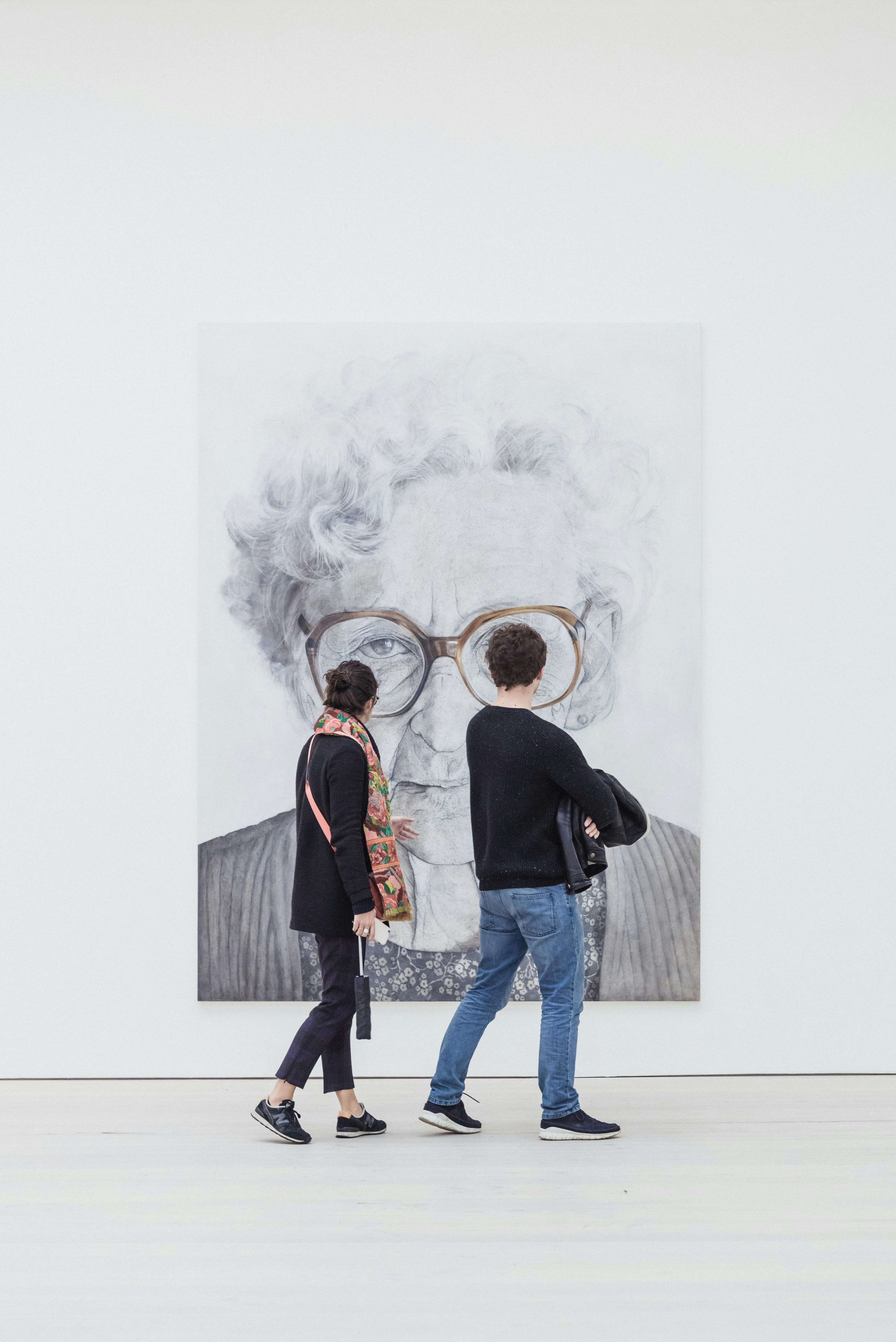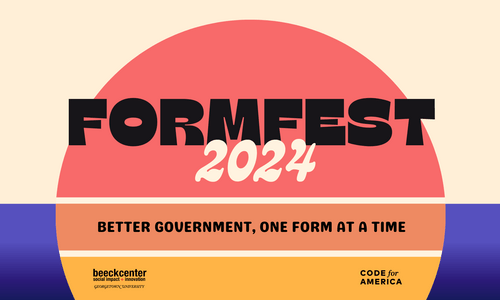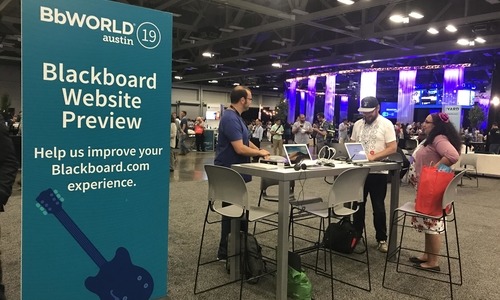
Accessibility is about meeting the diverse, complex needs of real people. It’s an integral part of human-centered design and vice versa. Yet many organizations take a one-size-fits-all approach to accessibility. How can we swap this for something more effective?
This article explores human-centered accessibility. You’ll learn how to draw on empathy, agility, and lived experience to create truly inclusive digital experiences. And we’ve made a solid business case to help you get stakeholder buy-in.
What is a human-centered approach to accessibility?
Human-centered accessibility:
- Puts people at the heart of product design, taking into account their diverse needs and abilities
- Seeks to solve the right problems to make a real difference in people’s lives
- Recognizes that disability is complex, multifaceted, and interconnected with many other factors
- Is based on the idea that accessibility leads to better products for everyone
Adopting this approach may require a mindset shift, especially if you’re used to focusing solely on compliance with the Web Content Accessibility Guidelines (WCAG) and American Disabilities Act (ADA). Compliance is essential of course — without it your organization exposes itself to digital accessibility lawsuits, of which 1,136 were filed in the U.S. in 2024 Q1 alone! But compliance should be seen as a starting point. Human-centered accessibility can’t be boiled down to a checklist. Much like the humans you’re building for, it can be messy and confusing! But it also uncovers incredible insights and opportunities.
The business case for human-centered accessibility
Human-centered accessibility is rarely easy or cheap. So how to get stakeholders on board? Here are two reasons why it’s worth the investment.
1. It connects you with a powerful audience
People with disabilities probably make up a considerable proportion of your audience. Today there are 1.3 billion people worldwide who have a disability. More than 61 million of them are non-institutionalized adults living in the U.S. — that’s 1 in 4 adults! This figure is set to grow as the population ages.
On top of that, many people will experience a temporary disability (like a broken leg) or situational disability (like struggling to focus in a noisy environment). Some people don’t identify as having a disability but still face accessibility barriers.
People with disabilities have spending power in the billions. And let’s not forget their influence over family and friends. Human-centered accessibility helps you deliver the best experience for this audience, driving your business goals and brand reputation in the process.
2. It improves the user experience for everyone
Human-centered accessibility encourages creative problem-solving. The results often benefit everyone, including people with and without disabilities. Captions were originally created for people who are Deaf or hard of hearing — but now they’re widely used in noisy environments or when your device needs to be silent.

How to swap checkboxes for empathy-driven design
Ready to shift to human-centered accessibility? Here’s what I’ve learned as a UX/UI & Accessibility Designer, combined with insights from Last Call Media’s 19+ years of delivering digital projects for impact-driven organizations.
1. Integrate accessibility everywhere
Building in accessibility from the start is significantly cheaper than retrofitting it later. Include it in your business plan, hiring criteria, product roadmaps, and acceptance criteria for each new feature. At Last Call Media we’ve found it helpful to ensure all design systems meet accessibility requirements, and to hire people with accessibility knowledge onto various teams.
2. Allow enough time and flexibility
Project managers should allocate enough time in sprints to uncover and address accessibility issues. Encourage staff to spend time on accessibility and hold them accountable.
3. Involve people with disabilities
Invite them to take part in interviews and testing, and include them in user personas. Hire people who have lived experience of disability.
4. Collaborate on accessibility
We’ve started bringing developers into the design phase earlier to foster discussions around accessibility. Our designers also use accessibility annotations to communicate alt text, heading hierarchy, and accessibility choices to other teams.
For every hour a UX designer spends on accessibility, they save developers up to 4 hours by not having to fix bugs.
5. Improve your knowledge
Read up on accessibility best practices, like checking color contrast or coding with ARIA. Everyone has something to learn! Our Sales & Marketing Coordinator recently learned to capitalize the first letter of each word in a hashtag to improve readability for screen readers, neurodiverse users and general audiences.
6. Share knowledge and support learning
Our team does internal presentations to share accessibility insights. I’m also supporting several of our designers through their Certified Professional in Accessibility Core Competencies (CPACC) journey.
7. Take the initiative
Speak up about accessibility considerations and encourage others to do so. In our own team, I’ve noticed designers and developers asking more questions and calling out designs that may not be inclusive. It’s great to see!
Are you looking to build an accessible digital experience or improve an existing platform? Get in touch to speak to our experts or learn how we work.




